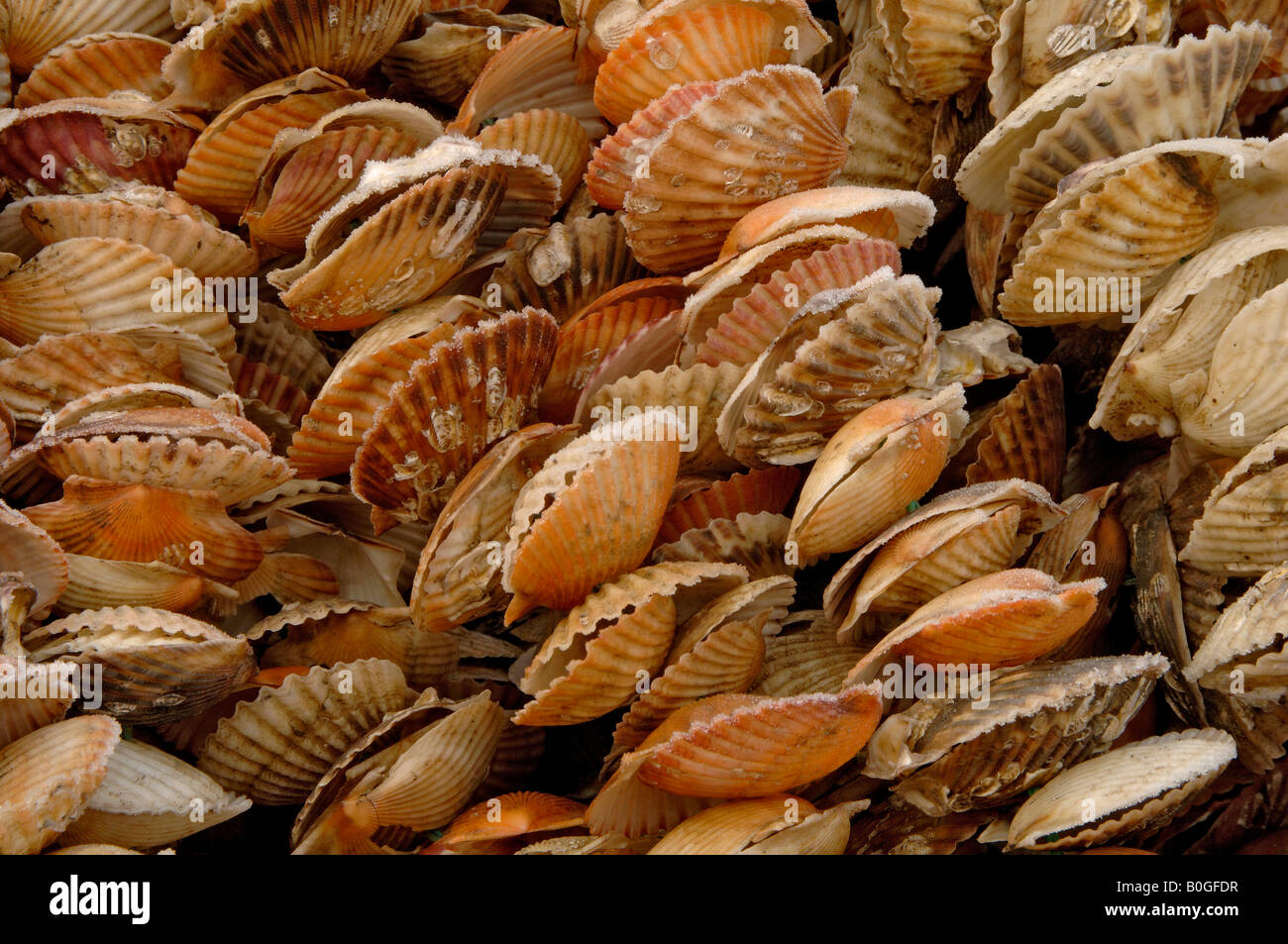
The batches are placed in the mid to lower part of the tidal range, where the spat settle on the sticks. In this method, 68 sticks are nailed to cross-beams to form frames that are then grouped to form batches. Remove spat from bamboo poles and lay them on the bottom. Unlike our cage raise oysters harvesting spat on shell is a little more difficult and can take a much longer time to mature, anywhere from 2-3.5 years. Whilst in French Polynesia nature permits Pinctada Margaritifera oysters to be collected at a juvenile stage (spat. For bottom culture, collect spat from bays using bamboo poles and transport to the farm site after 1-2 months. Although the disease is enzootic in France since 1980, the production of flat oyster still exists suggesting a stable host-parasite system. Stick placement is one of a variety of proven methods used for collecting spat. The condition varies in different countries. Potential impact of environmental factors including temperature and salinity has been investigated and will be discussed in order to understand the evolution of the disease. Indeed, adult oysters are usually more often detected infected than juveniles and winter or spring corresponds to the maximum recorded detection frequencies within a year. Differences could be noted according to animal age and sampling season.
#COLLECTING OYSTER SPAT SERIES#
This long term data series has been analysed revealing some fluctuations of detection frequencies. Most important production areas of flat oysters have been surveyed regarding the presence of the parasite Bonamia ostreae since the first appearance of the disease until nowadays. The production is restricted to several areas specialised in reproduction, growth and/or marketing, and depends on transfers of animals. In 2001, about 1650 t of flat oysters were marketed in France. appeared in the seventies, drastically reduced the French flat oyster production from 20 000 tonnes in 1970 to less than 2000 tonnes after 1981. Bonamiosis and marteiliosis, another protozoan disease.

After its first description in June 1979 in L'Ile Tudy, Brittany, the parasite rapidly spread to all French oyster farming areas and in other European countries through transfers of live molluscs. View projectīonamiosis due to the intrahaemocytic protistan parasite Bonamia ostreae is a European endemic disease affecting flat oysters Ostrea edulis.

What species have colonized the reefs? Do the reefs differ from each other, or from a natural reef in biodiversity? By placing the artificial reefs in an area with naturally soft substrate, have we created a haven for hard substrate exotic species to exist? Will the reefs turn into living and adapting reefs?. The biodiversity on the artificial reefs has been monitored for two years to investigate how the biodiversity is developing. Through the construction of the artificial reefs, a heterogeneous, hard substrate was introduced onto the soft substrate which introduced a new habitat type which will likely support a different community composition. The reefs consist of a metal ca ge filled with dead oyster shells and are intended to eventually turn into living oyster reefs and form a food source for birds. Four oyster reefs were constructed at the Oesterdam sand nourishment in the Eastern Scheldt of the Netherlands in 2010 to reduce the erosion of the sand nourishment.


 0 kommentar(er)
0 kommentar(er)
